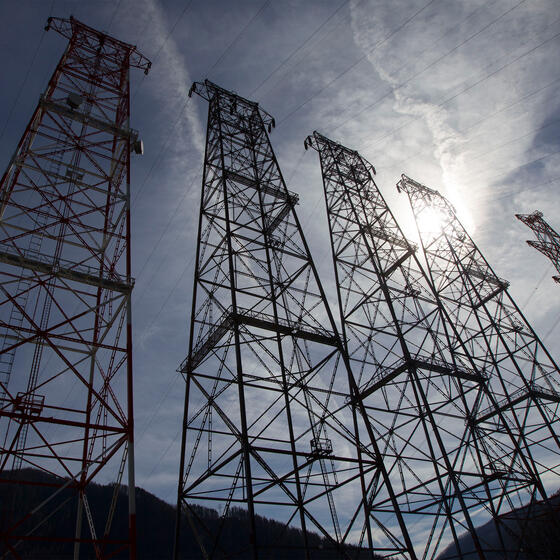Soaring oil & gas prices, sparked by the Russian invasion of Ukraine, should be good news for wind & solar energy since they become more price competitive. Unfortunately, the same inflationary forces driving up gas prices are also increasing interest rates around the world. This trend is a double-whammy for renewable energy in emerging markets.
- Big risk premiums will get bigger. Emerging markets already face far higher interest rates and this gap will only expand. To illustrate, the US prime rate today is 3.5%, while Ghana’s comparable benchmark bank rate recently rose by 250 basis points to a whopping 17%.
- Renewables are especially CapEx-heavy. Rising interest rates mean higher capital costs for all new energy investments, but disproportionately impact projects like wind, solar, and battery installations where nearly all of the cost is in upfront capital expenditure (and operational costs are minimal). Gas plants for instance have a far different expenditure profile, with far less cost upfront and the vast majority spent on fuel over the life of the project.
The combination of these two factors will make the headwinds for renewables in emerging markets even worse.
To understand how much worse, let’s look at a simplified example of three of the same projects in the US and Ghana. We use the NREL calculator to estimate the levelized cost of electricity (LCOE) from different technologies and under different interest rates for debt (or equivalent hurdle rates of return for equity).
| LCOE (cents/kWh) | US April (3.5%) | Ghana February (14.5%) | Ghana April (17%) |
|---|---|---|---|
| Solar PV w/ Single Axis Tracking + Battery Storage | 8.8 | 17.3 | 19.6 |
| Solar PV w/ Single Axis Tracking | 6.1 | 12.5 | 14.2 |
| Combined-Cycle 2x2x1 | 7 | 8.3 | 8.6 |
What does this tell us? Rising interest rates have a very large effect on CapEx-heavy renewables. Electricity from a solar + storage project costs 123% more in Ghana than it does in the US. A combined-cycle gas plant costs only 23% more. (Yes, gas prices are rising too, but we can reasonably assume that gas costs are approximately the same in the US and Ghana over the life of the project.) And Ghana’s rising rates added $.023/kWh to the cost of solar + storage, but only $0.003 to gas-fired power.
The Takeaway: No time for complacency.
Spiking gas prices alone will not catalyze a boom in renewables. Clean energy projects in Africa and other higher-risk markets face a plethora of barriers that require policy interventions to make projects bankable and get countries on a path to a low carbon high energy future. Driving down the capital costs, via subsidies and risk guarantees, will be even more necessary in the coming years.


